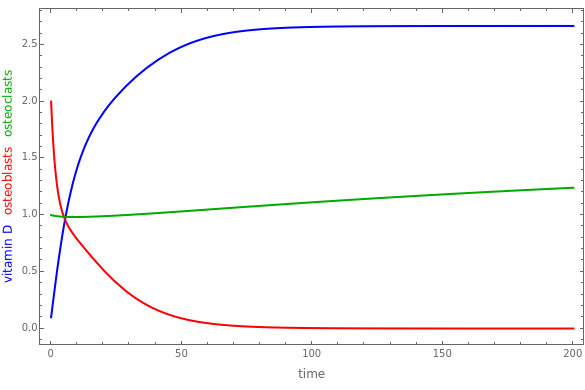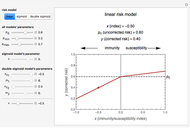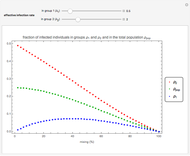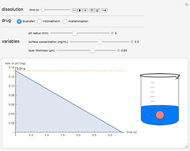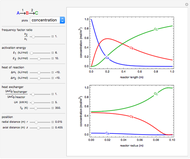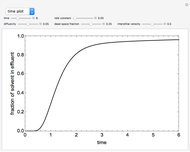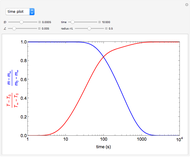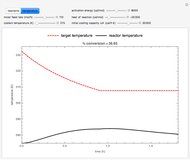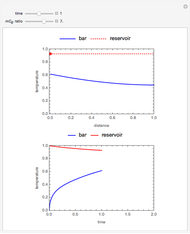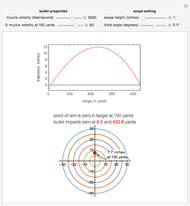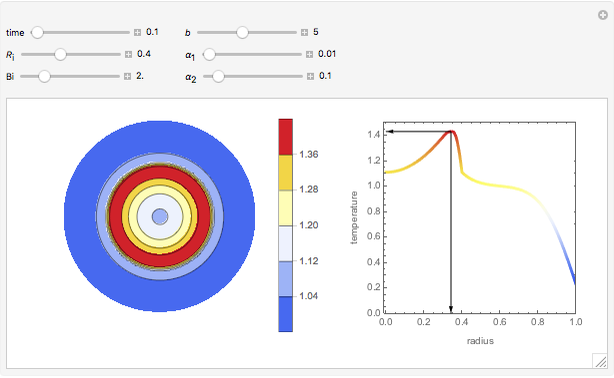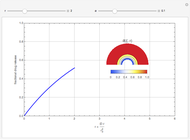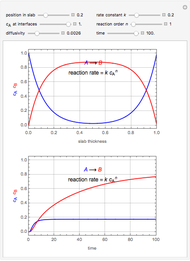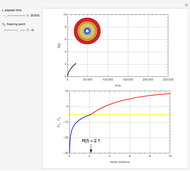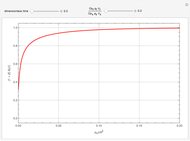Effect of Time Delay on a Model of Bone Homeostasis

Requires a Wolfram Notebook System
Interact on desktop, mobile and cloud with the free Wolfram Player or other Wolfram Language products.
This Demonstration analyzes the effect of time delay on a model of bone homeostasis. The model consists of two delay-ordinary differential equations coupled to an ordinary differential equation [1]:
[more]
Contributed by: Clay Gruesbeck (July 2013)
Open content licensed under CC BY-NC-SA
Snapshots
Details
Reference
[1] C. Rattanakul, "Effects of Vitamin D and Time Delay on Bone Resorption and Bone Formation: Mathematical Modeling Approach," International Journal of Mathematical Models and Methods in Applied Sciences, 7(6), 2012 pp. 873–884. www.naun.org/main/NAUN/ijmmas/16-440.pdf.
Permanent Citation
